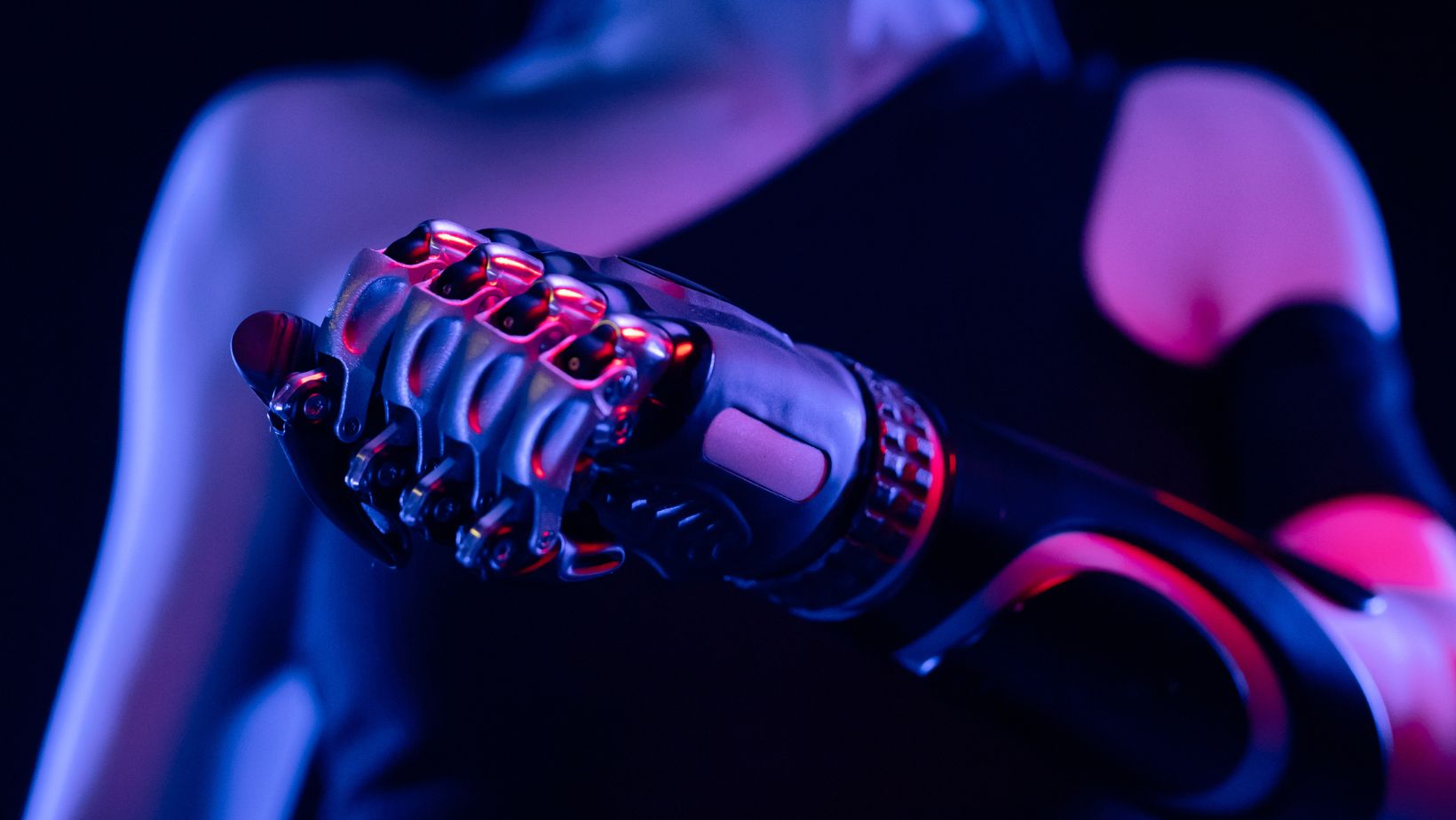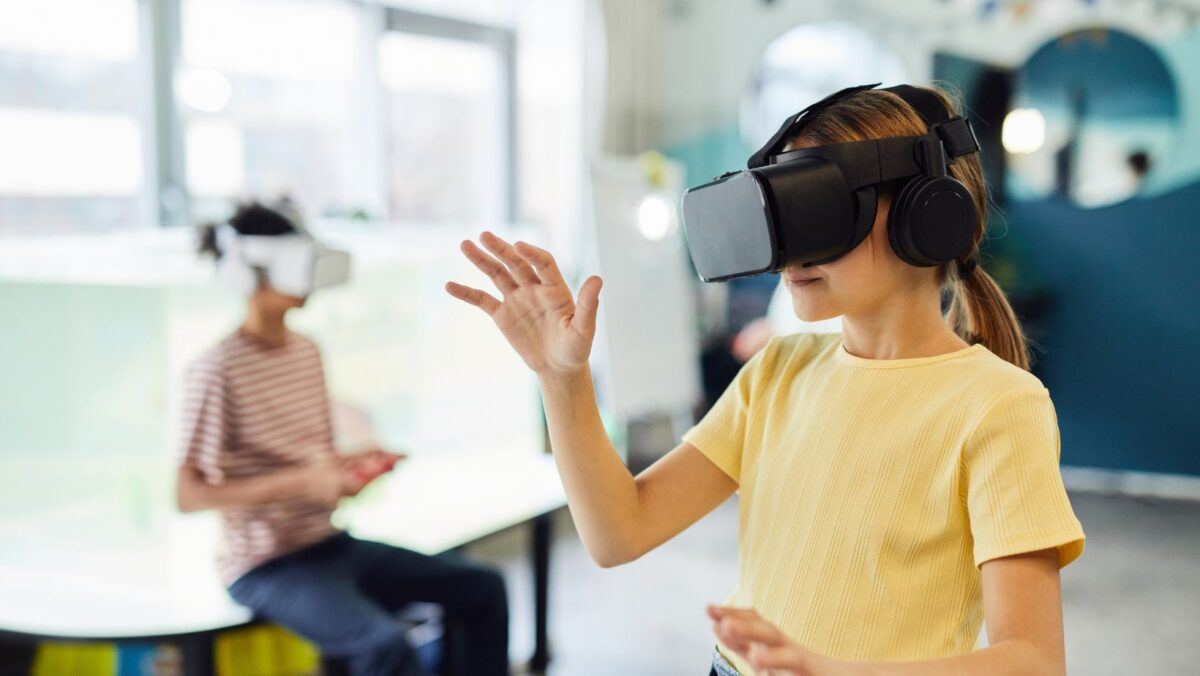Tech is getting smarter — but not just in specs. It’s learning to cooperate. With the launch of Android 16, Samsung’s Galaxy Z Fold 7, and a new generation of wearables, we’re not just seeing better devices. We’re watching the rise of ecosystems — a setup where every piece talks to another, quietly syncing in the background while users get on with their lives.
These upgrades aren’t coming in isolation. They’re built to work together. For gamers, streamers, and everyday users, this means fewer disruptions and smarter responses. On platforms like https://4rabet-play.com/, where tech-savvy gamers test the limits of performance and reaction time, discussions are already turning to how devices coordinate across screens, wrists, and ears. It’s no longer just about what your phone can do — it’s about what your phone does with everything else.
Android 16 — A Quiet Revolution in the Background
Android updates usually bring better control, smoother animations, and a few camera tricks. Android 16 does more. It lays the groundwork for devices to operate like a team. You start a message on your foldable screen, pause, then pick it back up on your watch — without asking.
The system adapts based on movement and location. If you’re walking, it might shift certain controls to your earbuds. If your smartwatch senses a jump in stress — like during competitive gaming — it may mute distractions. It’s subtle, but it adds up. Context becomes part of the interface.
Galaxy Z Fold 7 — More Than a Pretty Fold
Samsung’s latest foldable isn’t just thinner and faster — it’s better at doing multiple things at once. The inner display feels like a small tablet, while the outer screen now handles standalone tasks more smoothly.
Gamers will notice low latency across both screens, which matters when split-viewing a stream on one side and playing on the other. Power consumption is balanced well, with new cooling strategies and on-device AI managing background loads. It means more gameplay, fewer forced pauses.
And because Android 16 knows what’s connected, the Fold 7 passes off tasks efficiently — from streaming audio to your watch to offloading app alerts to your buds. The transitions feel natural, and that’s the point.

Wearables That Aren’t Just Extras
Smartwatches used to be step counters. Not anymore. In this setup, they’re active extensions of your phone. The latest Galaxy Watch tracks motion, heart rate, and even gestures — all of which can trigger system behavior.
Let’s say you’re in a racing game. Your watch can monitor your grip tension. If it senses stress spikes, it might adjust screen brightness or change haptic feedback. These small adjustments — made possible through Android 16’s adaptive layer — smooth out the experience without asking for input.
Add in earbuds that fine-tune game audio based on genre or environment, and you’ve got a system that adjusts to how — and where — you play.
Smarter Together — Why Ecosystem Sync Matters
The best part of this trio isn’t any one device. It’s how they behave when combined. Wearables notify, the foldable manages, and Android 16 coordinates — all in real time.
In practical terms, that could mean your watch detects you’re walking into a dark room, and your Fold dims to reduce glare. Or during a game on 4rabet, your phone senses a rise in ambient noise and signals your earbuds to boost clarity. These aren’t gimmicks. They’re efficiency tools, making each action smoother and more personal.
Privacy and Trust in a Tighter System
Of course, when more devices work together, data travels between them. Android 16 introduces new safeguards — local authentication, encrypted data streams, and context-aware privacy layers.
For example, biometric data from your watch doesn’t just float across devices. It gets verified locally, used only for what you’ve allowed, and expires when it’s no longer needed. This is critical for users sharing devices or moving between personal and public spaces.
What Comes Next — The Ecosystem Expands
The signs point forward. Samsung is testing smart rings. Android is already integrating with car systems, home assistants, and AR devices. What we’re seeing now is a phase-in — the moment when phones stop being central and start being hubs.
As form factors shrink, wearables will take over more inputs. Voice, gesture, and even biometric signals will trigger actions that previously needed taps. It’s not science fiction. It’s interface logic evolving with people’s habits.
Gaming — Performance Meets Adaptation
Back in the gaming space, especially in communities like 4rabet, this shift is already felt. Foldables offer multi-layered screens for dual views. Watches deliver real-time prompts. Audio adjusts to environmental noise in milliseconds.
And now, bonus systems are being tied to wearable data — tracking session duration, heart rate zones, or performance consistency. It opens the door to gaming that reacts to your physical state — not just your button presses.
Final Thoughts — The Shift Is Already Happening
None of this arrived overnight. Android 16 is the software layer. Galaxy Z Fold 7 brings the hardware. Wearables add subtlety. Together, they signal a new normal — one where tech blends into routines, not interrupts them.
Whether you’re gaming, working, or simply moving through your day, this trio adjusts to your pace. It watches, learns, and improves — quietly. And that may be the biggest change of all.

